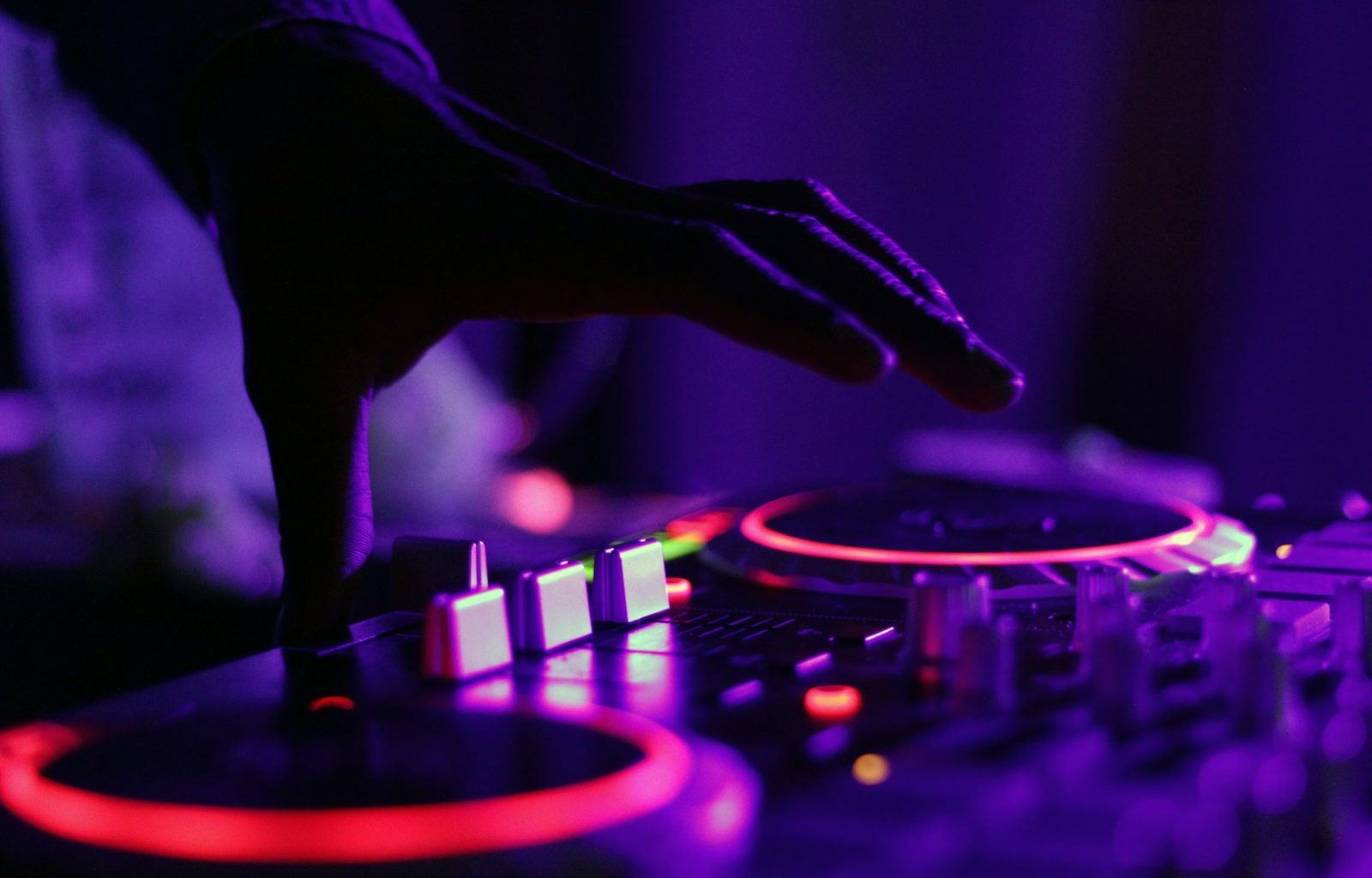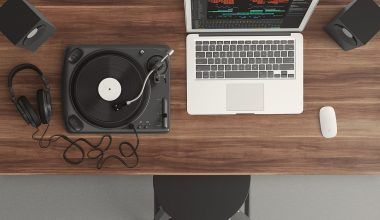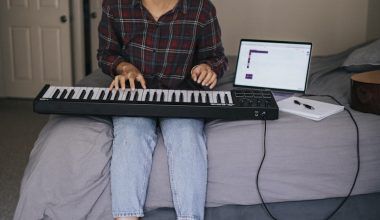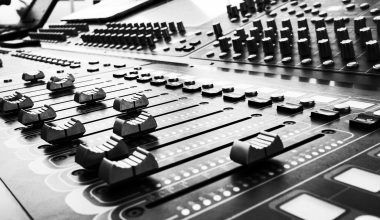Building a music studio doesn’t have to cost a fortune. Many people think a professional setup requires expensive gear and fancy equipment, but with a little creativity and planning, you can create a cheap music studio that works perfectly for your needs. Whether you’re a budding musician, a podcaster, or someone who simply loves playing around with sound, this guide is for you.
Let’s dive into everything you need to know about making a budget-friendly music studio at home.
Start with a Clear Vision for Your Studio
Before you buy anything, it’s important to figure out what you need. Ask yourself: What’s the purpose of your studio? Are you recording vocals, creating beats, or just experimenting with sound? Knowing your goals will help you decide which equipment is necessary and which items you can skip.
For example, if you’re focused on recording vocals, you’ll need a decent microphone and some soundproofing materials. On the other hand, if you’re producing electronic music, a reliable laptop and good software might be your main priorities.
Find the Perfect Space
You don’t need a big room to set up your cheap music studio. In fact, a small, quiet space works best. Look around your home for a spare bedroom, a walk-in closet, or even a corner in your basement. The key is to pick a location with minimal noise and distractions.
If you’re using a shared space, consider adding portable dividers or curtains to create a dedicated studio area. This helps you stay focused and makes the space feel more professional.
Focus on Affordable Soundproofing
Soundproofing can be expensive, but there are plenty of ways to do it on a budget. Instead of buying professional-grade materials, try these cost-effective options:
- Foam Mattress Pads: Old foam mattresses or mattress toppers can double as soundproofing panels. Mount them on the walls to reduce echo.
- Rugs and Blankets: Hang thick blankets on the walls or lay rugs on the floor to absorb sound.
- Egg Cartons: While not the most effective option, egg cartons can help a little with sound diffusion. Use them as a temporary fix.
Choose Budget-Friendly Equipment
Now that your space is ready, it’s time to think about gear. You don’t need top-of-the-line equipment to make great music. Here are some affordable options to get started:
- Microphone: Look for USB microphones like the Blue Snowball or Samson Meteor. These are beginner-friendly and won’t break the bank.
- Audio Interface: If you’re using an XLR mic, you’ll need an audio interface. The Focusrite Scarlett Solo is a reliable and budget-friendly choice.
- Headphones: A good pair of closed-back headphones, like the Audio-Technica ATH-M20x, is essential for monitoring your sound.
- Studio Monitors: If you want speakers, consider entry-level models like the PreSonus Eris series.
- DAW (Digital Audio Workstation): Free software like Audacity or GarageBand can work wonders when you’re just starting out.
Get Creative with DIY Solutions
You don’t have to spend money on everything. Many items can be made at home with a little effort:
- Mic Stand: Use a sturdy lamp or a DIY PVC pipe stand to hold your microphone.
- Pop Filter: Stretch a pair of old tights over a wire hanger to create a homemade pop filter.
- Desk: Repurpose an old table or desk as your workstation.
DIY solutions not only save money but also add a personal touch to your studio.
Organize Your Space for Efficiency
A clutter-free studio helps you stay productive. Use shelves, bins, or drawers to keep your cables, instruments, and other gear organized. Label everything so you can find what you need quickly.
Adding a corkboard or whiteboard to your wall can also help you keep track of your projects and ideas.
Upgrade Gradually
One of the best things about building a cheap music studio is that you can improve it over time. Start with the essentials, and as your skills grow, invest in better equipment. For example, once you’re comfortable with your basic setup, you might want to add:
- A MIDI keyboard for composing
- Advanced studio monitors for better sound quality
- Acoustic panels for improved soundproofing
The key is to prioritize what you need most and wait for sales or discounts to save money.
Collaborate and Learn
Building a music studio is a learning process. Don’t be afraid to ask for help or advice from fellow musicians and online communities. Platforms like YouTube, Reddit, and music forums are full of tips and tutorials for setting up a cheap music studio.
You can also consider second-hand equipment. Many musicians sell their old gear at affordable prices, and it’s a great way to find quality items without overspending.
Embrace Minimalism
Finally, remember that less is more. A cluttered studio can be overwhelming, so focus on what truly matters. By keeping your setup simple and functional, you’ll be able to create music without unnecessary distractions.
Conclusion
Creating a cheap music studio is entirely possible with some planning and creativity. By prioritizing your needs, using DIY solutions, and staying open to second-hand gear, you can build a functional and inspiring space without spending a fortune. Start small, keep learning, and enjoy the process of making music in your very own studio!
For further reading, explore these related articles:
- How Do You Put Your Own Music on Spotify?
- Best Music Promotion Sites: Your Ultimate Guide to Getting Noticed
For additional resources on music marketing and distribution, visit DMT Records Private Limited.






